Interview with Virtual Children´s Hospital Technical Team
Pablo Rodríguez Gascó and Axel Lindberg from FIT Turku Competence Center (Futuristic Interactive Technologies) work on a virtual environment of Virtual Children´s Hospital, which is supported by the Turku AMK Metaverse platform.
- Please describe your role in the project. Who works in the technical team, and what are the roles there? What task are you working on now?
P: My current role in the project is Lead Tech Developer. My tasks are pretty wide: 3D modeling, coding, networking, 3D animation, VFX, and so on. Our team has two other people: Axel, who will say more about himself now, and Jaakko Haavisto, who joined the team recently. He will do code and networking-related tasks in the project.
A: My role is to do programming work related to various application systems. I’m currently working on voice communication (group and private chats) and task systems.
- VR has a broad definition – please clarify which type of VR has been selected and which input devices will be used.
P: The type of virtual reality selected for VLPN is Collaborative Virtual Reality. It is a different kind of digital space where users from all over the world can interact with each other through their avatars. We use non-immersive VR technologies (VR glasses and controllers) since immersive technologies are not that widespread yet.
This project could use VR glasses with hand tracking for a more immersive experience, but it was changed to VR controllers since they are more accessible and easier to work with. Development-wise, there is no solid Hand-tracking SDK for Interactive Engines yet. We use the Open XR SDK, which offers a wider range of VR glasses.
- What kind of previous experience have you had with developing AI environments? From your perspective, what makes this project stand out from the others you have been involved in?
P: As a Project Designer in Turku AMK Futuristic Interactive Technologies, I worked in four other VR environments before VLPN. What I think is the biggest difference between all my past projects is their direct impact on helping university students with their education. I worked on other educational projects, but they were focused on other matters and audience targets.
A: None, really. This project is very different from the other projects I’m involved in because it’s specifically designed for VR. Most of my past work has been with mobile.
- What kind of challenges have you had during the development process?
P: This is my first project as the lead developer, and it is a big opportunity and responsibility at the same time. Being in constant contact with the rest of the team and making decisions on the application is new to me. It is a personal challenge but never a disadvantage. Having a good development plan, task management, and problem-solving skills is the key. Being in this position requires me to work on things I have never done, and I appreciate that.
A: We’re constantly updating and developing the platform from which most of our projects derive. Many of the challenges I have faced thus far are related to making the features I have implemented or am about to implement available in the said platform. Everything brought into the core needs to be stable.
- In what ways does this project inspire you?
P: This project inspires me in many ways. I am getting to know a lot about nursing, which I knew barely anything. Learning all this, helping nursing students with their education and creating a space for everyone to collaborate is amazing.
A: This project inspires me in several ways. First, it gives me the opportunity to contribute to an educational tool that directly impacts the training and skill development of medical students. Second, from a technical perspective, the challenges of implementing the above-mentioned features to both the core and the project itself are thrilling. This project not only hones my technical abilities but also significantly impacts the training of future healthcare professionals.
- Can you show us an example of the VR space or activity (e.g., drug preparation or VR test assessment)?
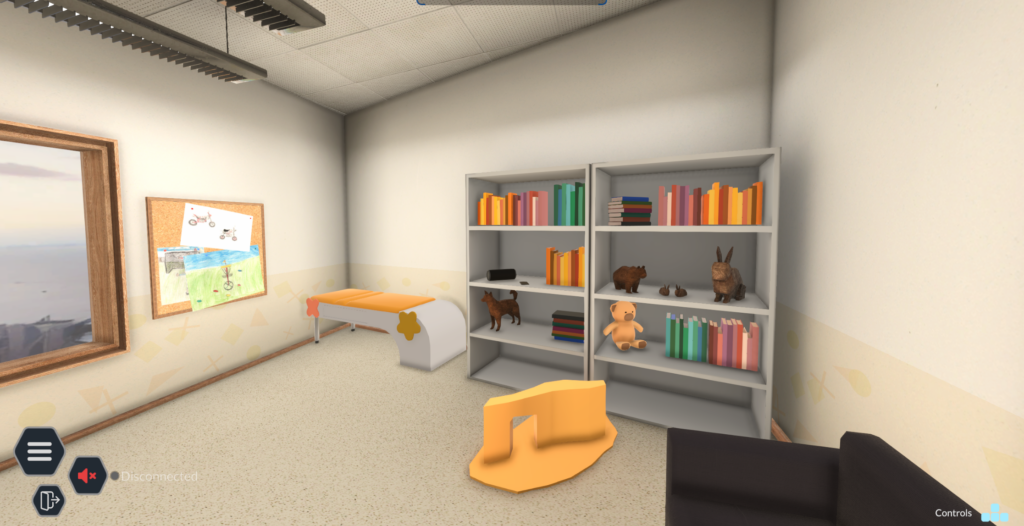
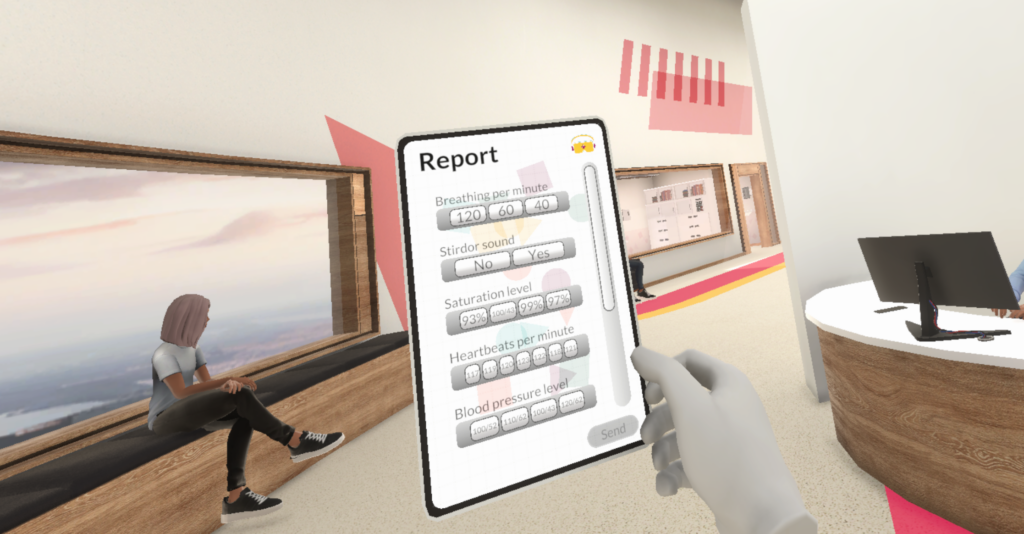
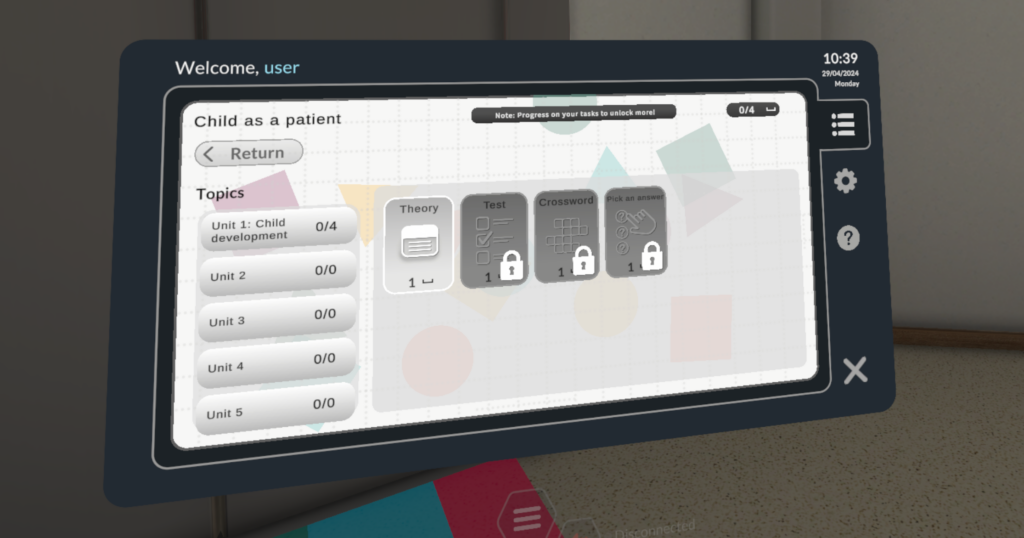
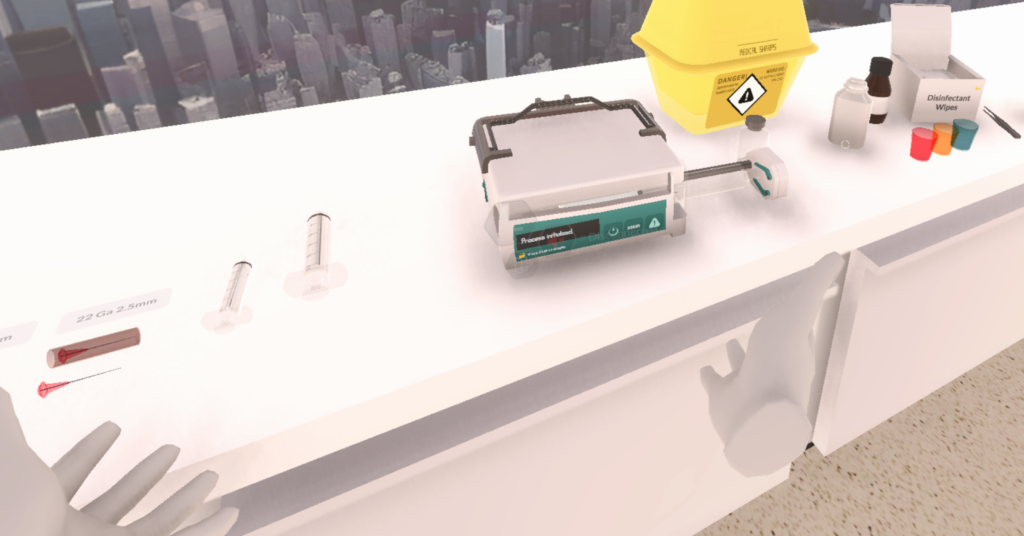
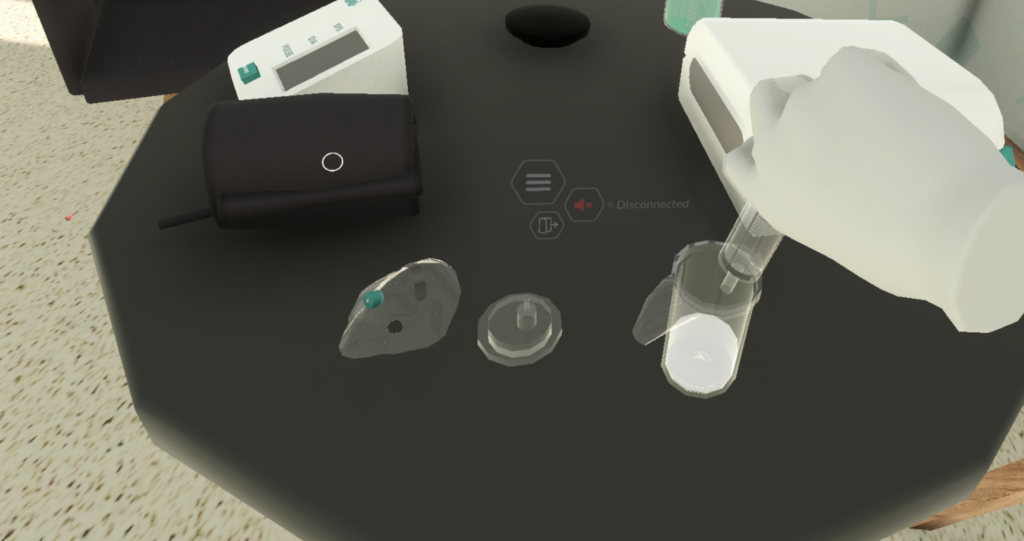
Written by Päivi Matikainen and Marianna Moore, students Sara Sarmasto and Silja Suomi.